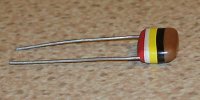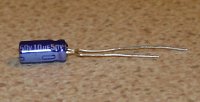Lithium-ion Battery is superior in performance..
Does not contain any mercury, cadmium and toxic element, is truly environmentally friendly batteries.
In addition to the dual over-current protection of overheating, but also built-in smart IC protection circuit.
With the affordability of high-power, fully meet the camera / digital camera load power requirements of all relevant, showing the excellent characteristics of constant voltage source.
Charging process can be completed quickly, completely without memory effect.
Even if the high-power charge-discharge, high frequency used, and their life cycle than nickel-metal hydride battery is still more than 1 times.
Charge retention capability, the monthly charge retention rate of more than 92%.
With the best internal consistency, to ensure that each "charge-discharge" process consistency, to ensure that the overall battery life of up to
The working principle of lithium-ion battery
The working principle of lithium-ion battery is that its charging and discharging. When charging the battery, the battery on the positive ion generation, generation of lithium-ion movement through the electrolyte to the cathode. As the carbon cathode layered structure, it has many pores, to reach the negative electrode of lithium-ion embedded in porous carbon layer, the more embedded lithium-ion, the higher the charge capacity. When the battery discharge, embedded in the negative ion of carbon layer prolapse, and movement back to positive. Back to the cathode of lithium-ion more discharge capacity is higher. Commonly referred to as battery capacity refers to the discharge capacity. Lithium-ion battery charge and discharge process is positive → negative → positive from the movement. Battery terms
Battery: refers to the reaction between the positive and negative chemical energy into electrical energy.
● a battery: that can not be charged, the battery can only discharge, but the battery capacity is generally greater than the same size rechargeable batteries, such as manganese, alkaline batteries, lithium button batteries, lithium batteries
● secondary batteries: Refers to rechargeable battery recycling, such as lead-acid, nickel cadmium, nickel hydrogen, lithium ion, lithium polymer, fuel, zinc, aluminum, magnesium air battery.

















